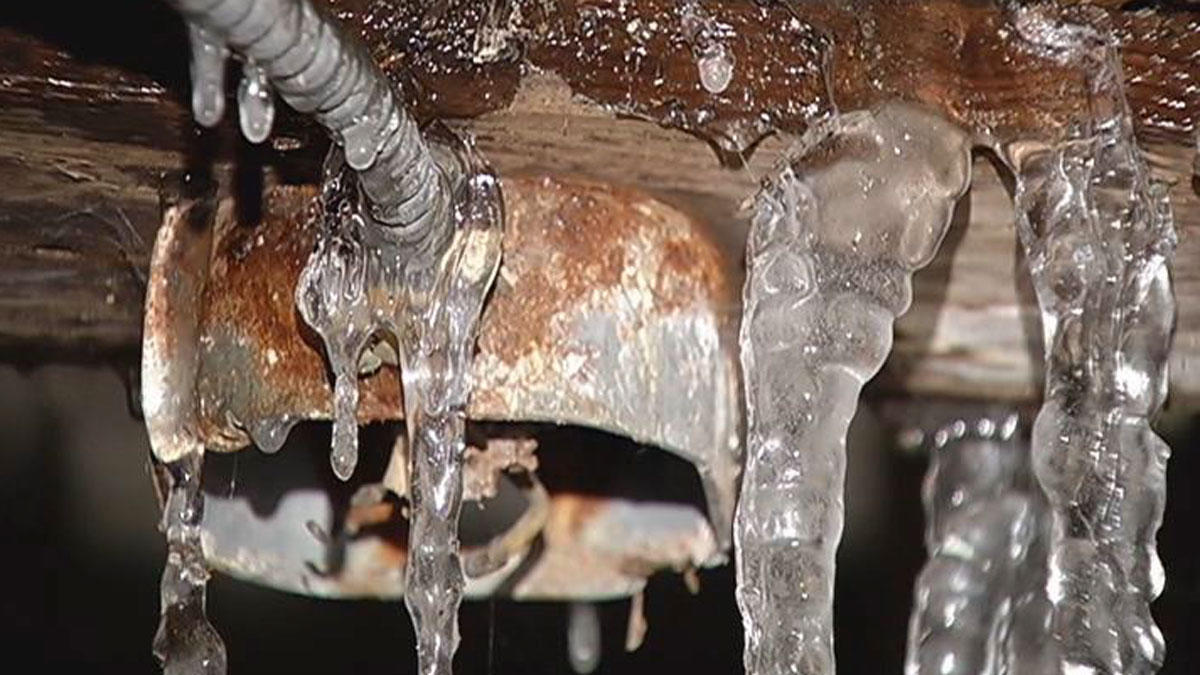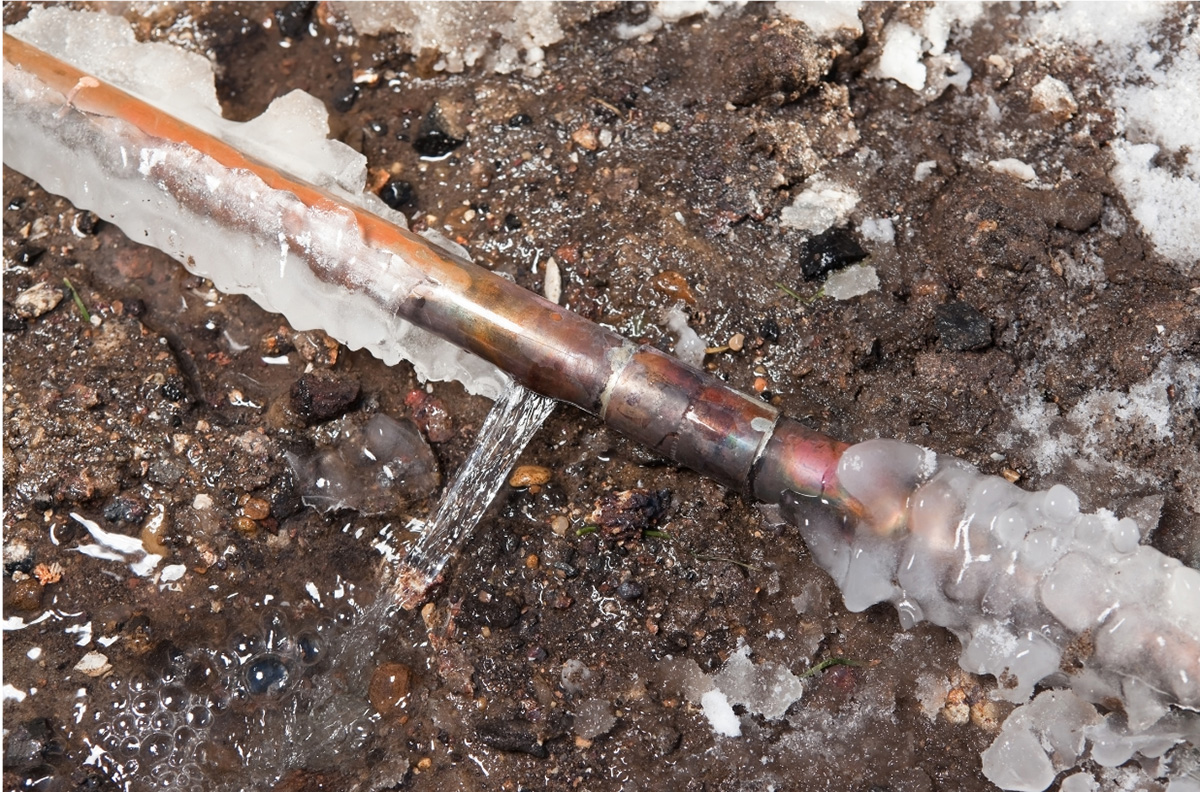Preventing Frozen Pipes in Cold Weather: Professional Advice
Preventing Frozen Pipes in Cold Weather: Professional Advice
Blog Article
Just how do you feel when it comes to 6 Ways to Prevent Frozen Pipes?

Winter can damage your plumbing, particularly by freezing pipes. Here's how to stop it from taking place and what to do if it does.
Intro
As temperatures drop, the danger of icy pipelines boosts, possibly resulting in pricey repair work and water damages. Recognizing how to prevent icy pipes is important for property owners in chilly climates.
Recognizing Icy Pipes
What causes pipes to freeze?
Pipelines freeze when revealed to temperature levels below 32 ° F (0 ° C) for expanded durations. As water inside the pipes ices up, it expands, putting pressure on the pipe walls and potentially creating them to rupture.
Dangers and damages
Icy pipelines can lead to water interruptions, residential or commercial property damages, and costly fixings. Ruptured pipelines can flood homes and cause comprehensive architectural damages.
Indications of Frozen Pipeline
Identifying frozen pipelines early can prevent them from bursting.
Just how to determine frozen pipelines
Look for lowered water flow from taps, unusual odors or noises from pipelines, and visible frost on revealed pipelines.
Prevention Tips
Shielding prone pipes
Wrap pipes in insulation sleeves or make use of warmth tape to protect them from freezing temperatures. Focus on pipelines in unheated or outside areas of the home.
Home heating strategies
Keep interior rooms effectively heated, particularly locations with plumbing. Open cupboard doors to permit cozy air to flow around pipes under sinks.
Safeguarding Outside Pipes
Yard tubes and outside faucets
Detach and drain yard hose pipes prior to wintertime. Set up frost-proof faucets or cover exterior taps with insulated caps.
What to Do If Your Pipes Freeze
Immediate activities to take
If you believe icy pipelines, keep faucets open to alleviate pressure as the ice thaws. Make use of a hairdryer or towels soaked in hot water to thaw pipes gradually.
Long-Term Solutions
Architectural modifications
Consider rerouting pipelines far from exterior wall surfaces or unheated areas. Include additional insulation to attic rooms, basements, and crawl spaces.
Updating insulation
Purchase top quality insulation for pipes, attics, and walls. Appropriate insulation assists keep regular temperatures and minimizes the danger of frozen pipes.
Final thought
Stopping icy pipes needs positive measures and quick responses. By recognizing the reasons, indicators, and preventive measures, homeowners can safeguard their plumbing during cold weather.
6 Proven Ways to Prevent Frozen Pipes and Protect Your Home
Disconnect and Drain Garden Hoses
Before winter arrives, start by disconnecting your garden hoses and draining any remaining water. Close the shut-off valves that supply outdoor hose bibs and leave the outdoor faucet open to allow any residual water to drain. For extra protection, consider using faucet covers throughout the colder months. It’s also important to drain water from any sprinkler supply lines following the manufacturer’s directions.
Insulate Exposed Pipes
Insulating your pipes is an effective way to prevent freezing. Pipe insulation is readily available at home improvement stores and is relatively inexpensive. Pay close attention to pipes in unheated areas such as the attic, basement, crawl spaces, or garage. Apply foam insulation generously to create a buffer against the cold. You can also wrap your pipes in heat tape or thermostat-controlled heat cables for added warmth.
Seal Air Leaks
Inspect your home for any cracks or openings that could let in cold air. Seal any holes around the piping in interior or exterior walls, as well as the sill plates where your home rests on its foundation. Additionally, make sure to keep your garage door closed unless you’re entering or exiting. Leaving it open creates a significant air leak that can lead to frozen pipes.
Allow Warm Air Circulation
During cold snaps, it’s essential to allow warm air to circulate evenly throughout your home. Leave interior doors ajar to promote better airflow. Open kitchen and bathroom cabinets to help distribute heat consistently around the rooms. If you have small children or pets, be sure to remove any household chemicals or potentially harmful cleaners from open cabinets for safety.
Let Faucets Drip
A small trickle of water can make a big difference in preventing ice formation inside your pipes. When temperatures drop significantly, start a drip of water from all faucets served by exposed pipes. This continuous flow helps prevent the water from freezing. Additionally, running a few faucets slightly can relieve pressure inside the pipes, reducing the chances of a rupture if the water inside does freeze.
https://choateshvac.com/6-proven-ways-to-prevent-frozen-pipes-and-protect-your-home/

Do you appreciate reading up on Helpful Tips to Prevent Frozen Pipes this Winter? Give a remark further down. We'd be pleased to hear your thoughts about this blog. We are looking forward that you come back again later on. In case you appreciated our post plz remember to pass it around. We value reading our article about Winter Plumbing Precautions: Preventing Frozen Pipes.
Appointment Report this page